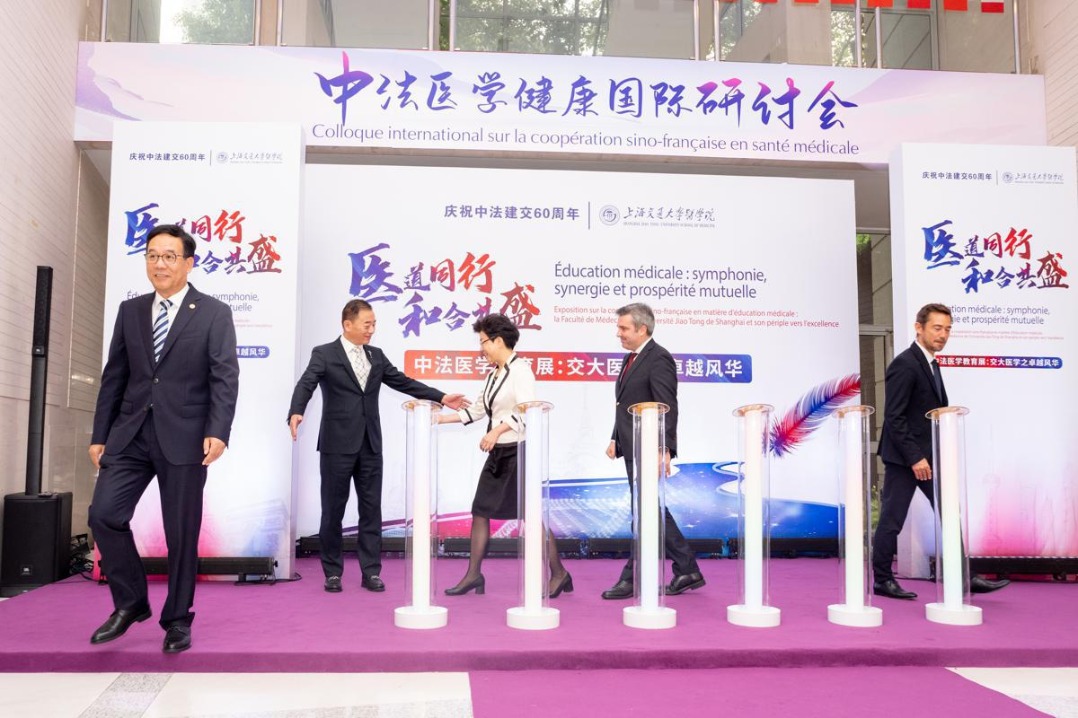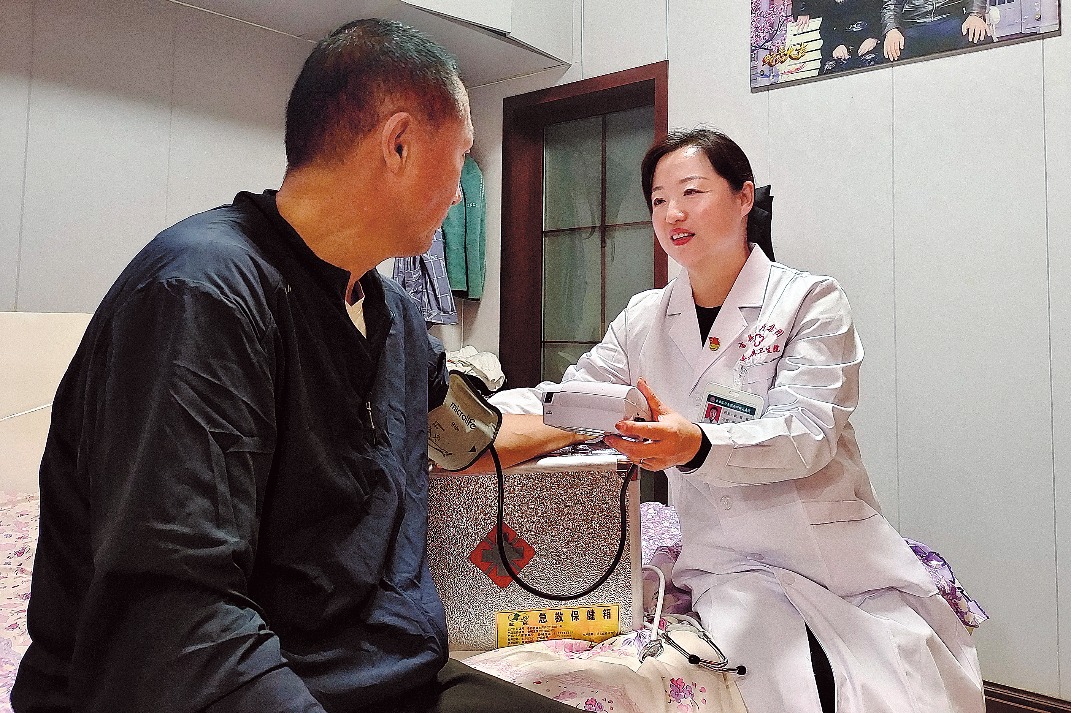Light revolutionizing scientific imaging

Have you ever thought about how the closer you look at something the more interesting it becomes? How something even as mundane as a strand of hair, when viewed through a microscope becomes a fascinating, ridged trunk of mass more complex than we first imagined. But what if we look even closer still? Down to the nanometer level. One nanometer is one-billionth of a meter, and about one-thousandth of the thickness of that strand of hair. Things this small are invisible to the naked eye, and yet it is on this basis that many cutting-edge research fields rely. Industries we are currently advancing such as ultra-strong fibers, new energy batteries, pharmaceutical research and other critical technologies, all require breakthroughs at the molecular and atomic level. To conduct research, we must first be able to clearly observe the subject to find solutions.
So, how do we see the world of molecules and atoms?
With light, of course.
Sunlight helps us to see the world around us, but to see the inside subjects and the world at the atomic level, we need light sources with higher energy and quality. This leads us to a key scientific facility — the synchrotron radiation light source. It can produce light billions or even trillions of times brighter than the sun. It acts like a "super microscope", enabling scientists to see what's happening inside materials at the molecular and atomic levels, leading to research breakthroughs. The development of these light sources has gone through four generations. The first and second-generation synchrotron radiation light sources could visualize imaging from human organs to the cellular level; the third generation could see subcellular and chromosome-level imaging; and the fourth generation not only allows full-scale imaging from chromosomes to DNA but also enables the study of dynamic physiological changes within cells, according to Meng Cai, an associate researcher at the Chinese Academy of Sciences. At Beijing's Huairou Science City, the first fourth-generation synchrotron radiation light source in Asia is about to be put into operation. It consists of a linear accelerator, booster, storage ring and beam line station, and is capable of producing light equivalent to a trillion times the brightness of the sun, which means it can produce ultra-high resolution results to help scientists see fine material structures. This light source is extremely high-energy, which means it has strong penetrative power, allowing the study of real material under actual working conditions without the need for assumptions or simulations. Only a few of this kind of fourth-generation synchrotron accelerator are in operation or even under construction in the world. They include the ones at Sweden's MAX IV Laboratory, France's European Synchrotron Radiation Facility, and the United States' Advanced Photon Source. In recent years, China's research capabilities have grown in leaps and bounds, with research achievements gaining international exposure and influence. China now ranks top globally in terms of high-level research papers published in fields such as mathematics and computer, environmental and materials science. The country has gone from having to borrow the use of key scientific facilities from other countries to having its own which are the envy of the world. These facilities play an important strategic role in achieving technological self-reliance, and are attracting experts from around the world to cooperate. Scientific facilities such as the Beijing Spectrometer III and the Beijing Electron-Positron Collider have attracted over 70 research institutions and more than 600 researchers from 18 countries and regions due to its leading research capabilities. During the 14th Five-Year Plan (2021-25) period, China aims to build around 20 key scientific facilities, bringing the quantity close to the level of developed countries. This is an essential means for China to rank among the best in the world in basic scientific research.
Stay tuned to Science Talk for a closer look into China's scientific development.
- Light revolutionizing scientific imaging
- PLA showcasing capabilities around Taiwan Island: Expert
- Dead end for 'Taiwan independence', says PLA expert
- Lai Ching-te's 'two-state' fallacy a risk of triggering a conflict
- Mainland takes lead in managing Taiwan Strait situation: Expert
- Expert describes Taiwan leader as 'war igniter' after reckless speech






































